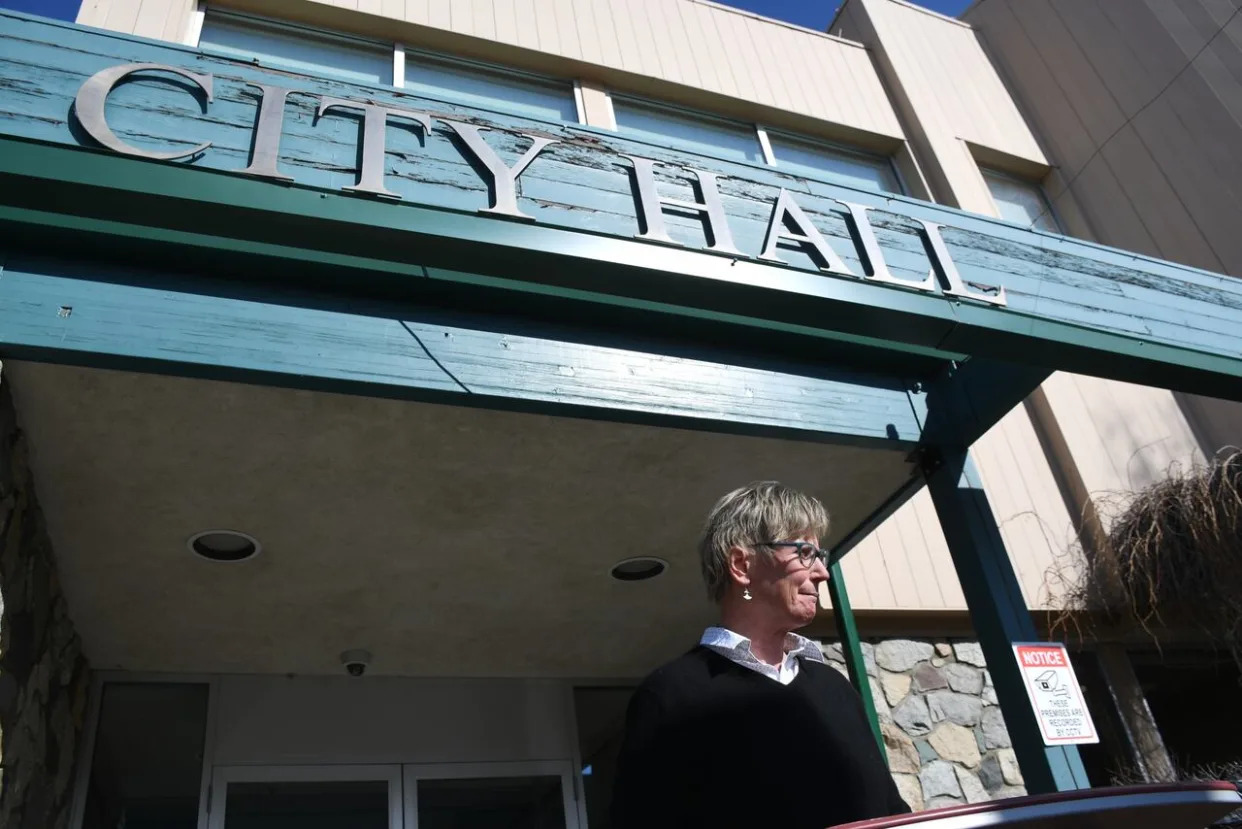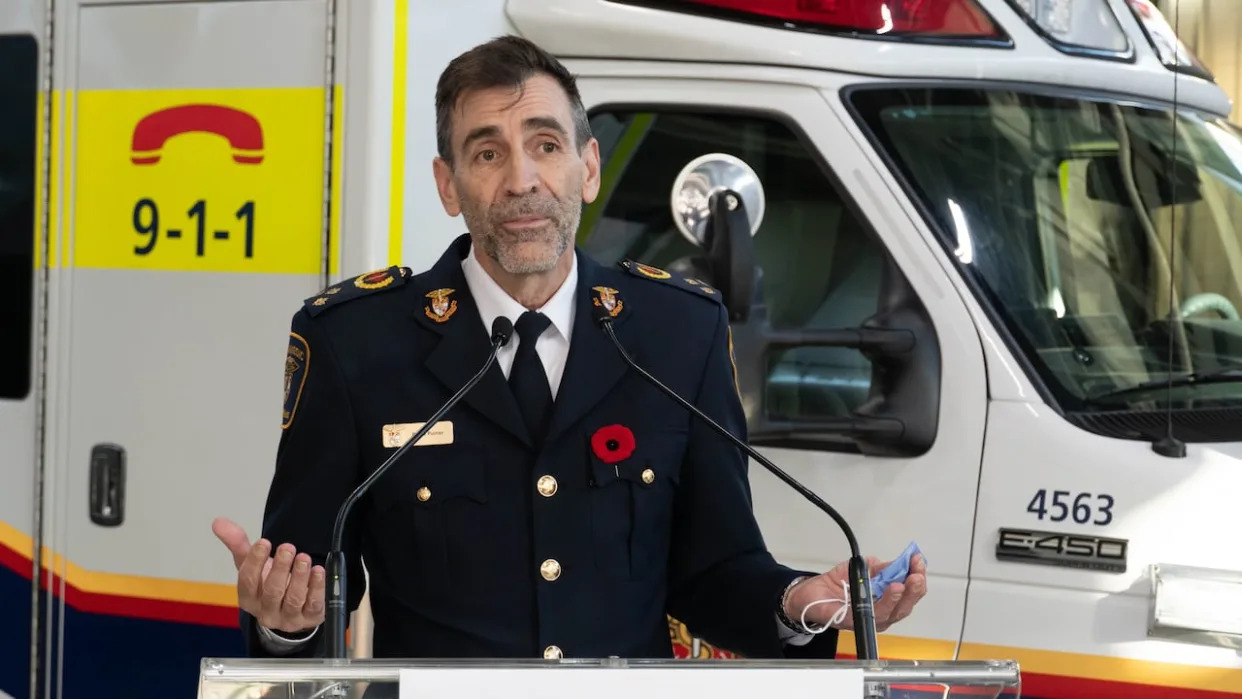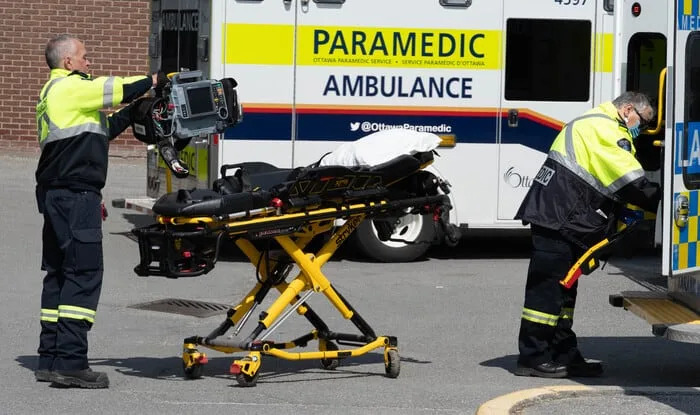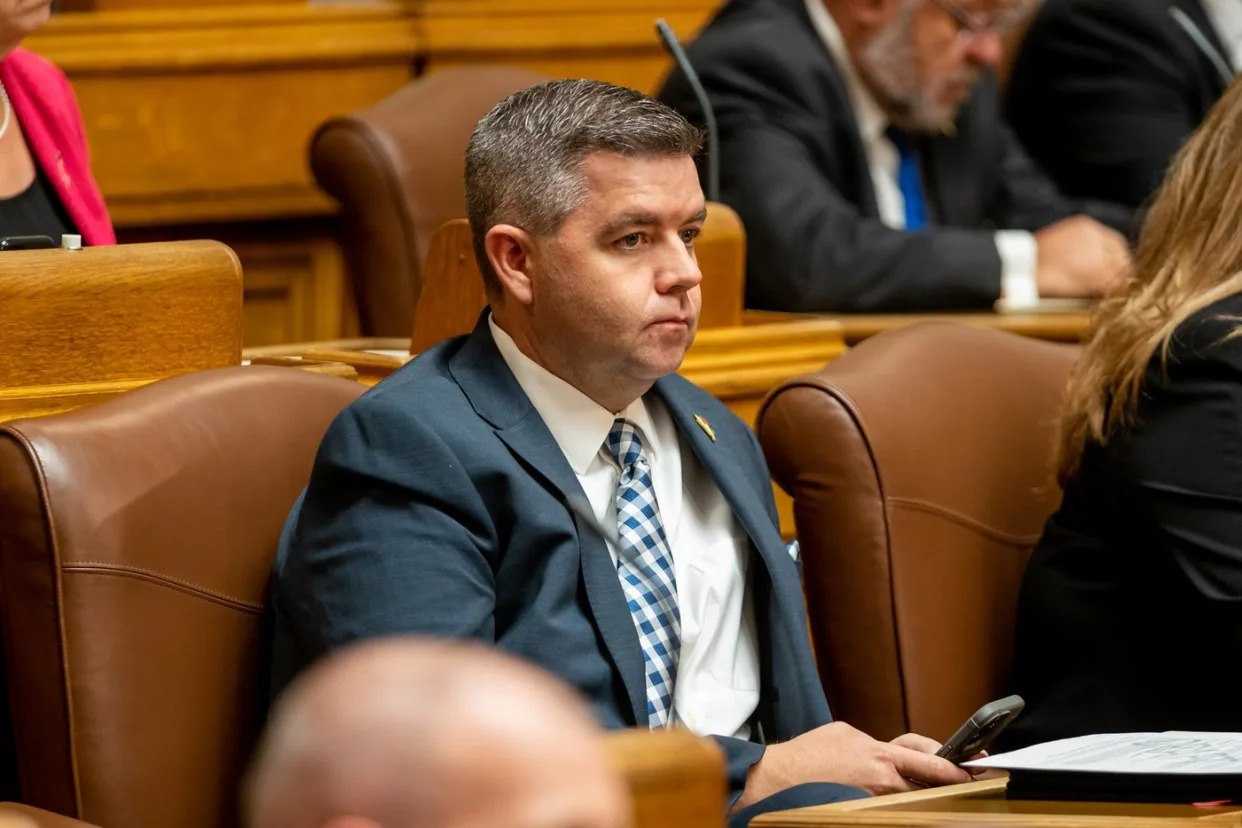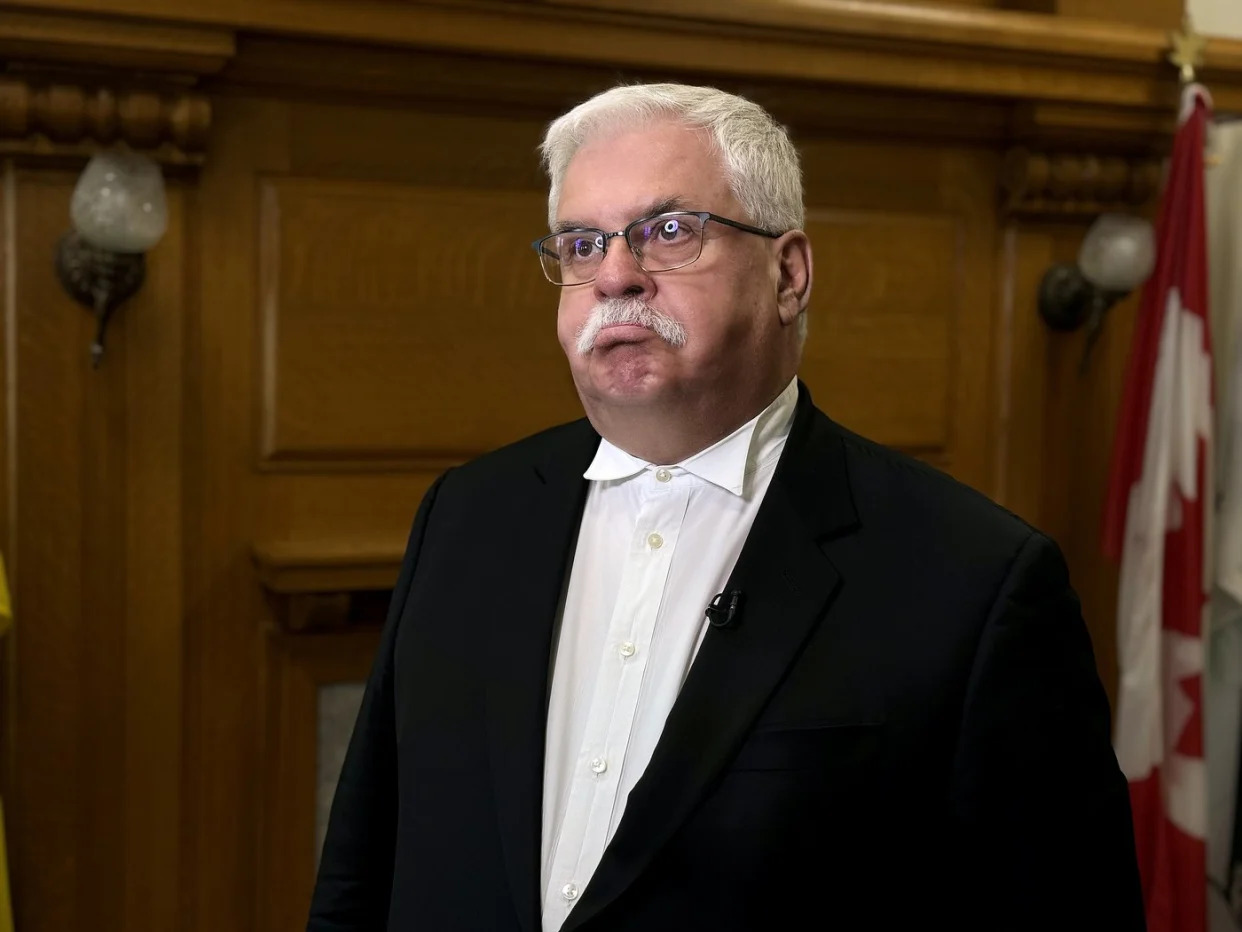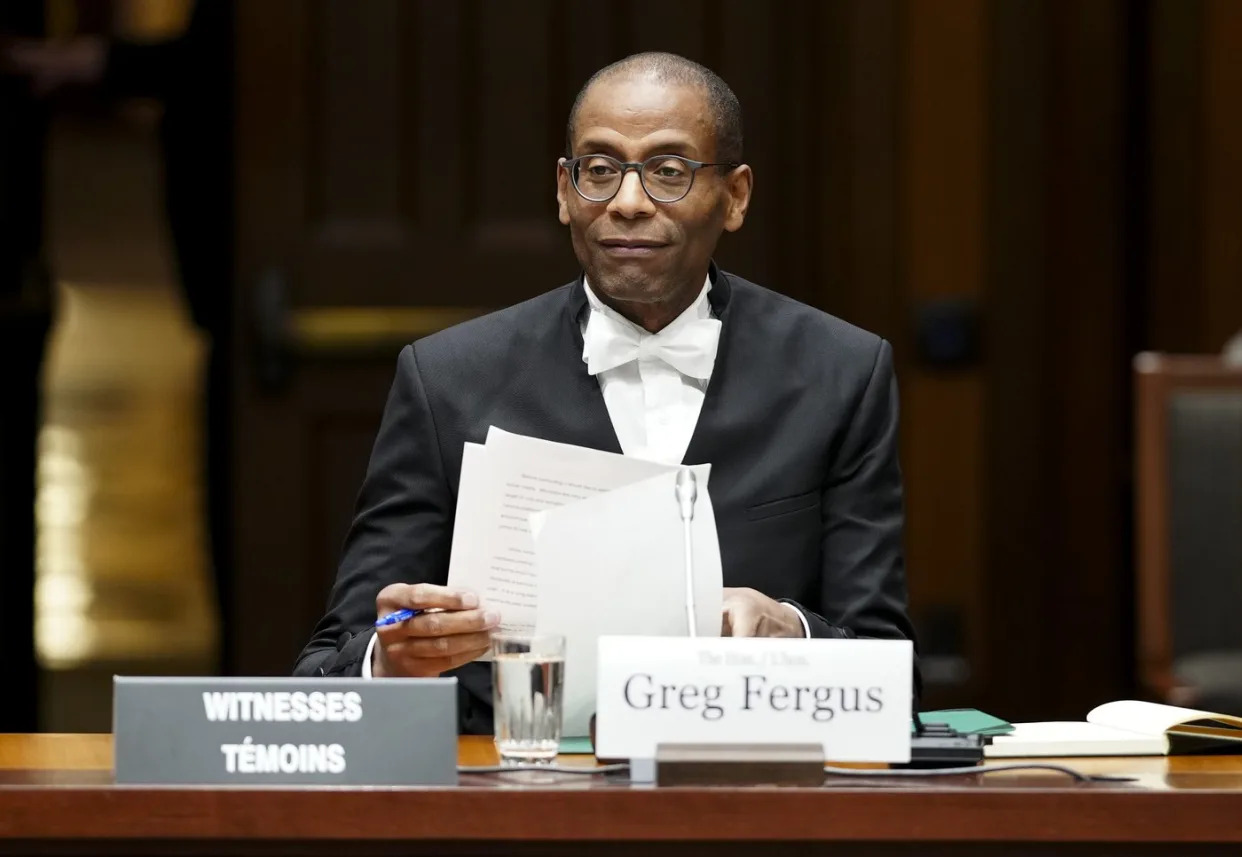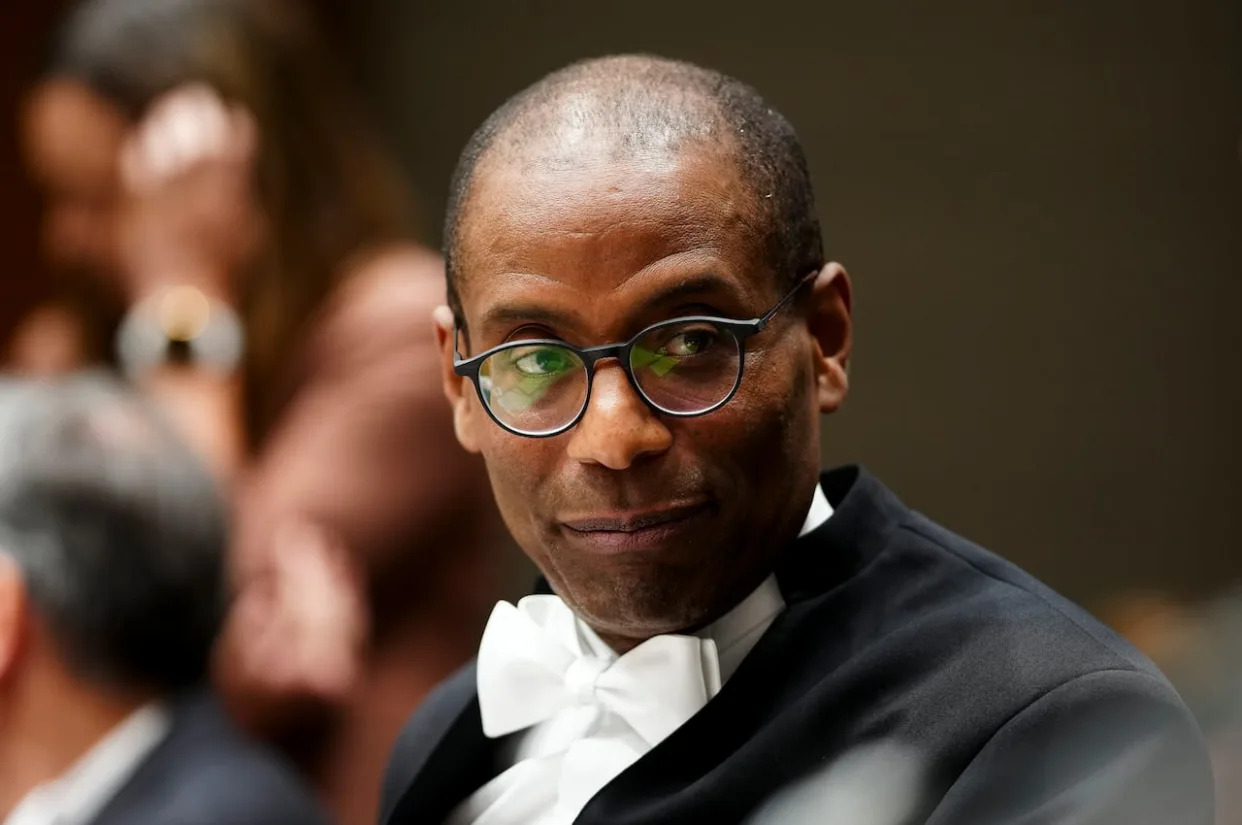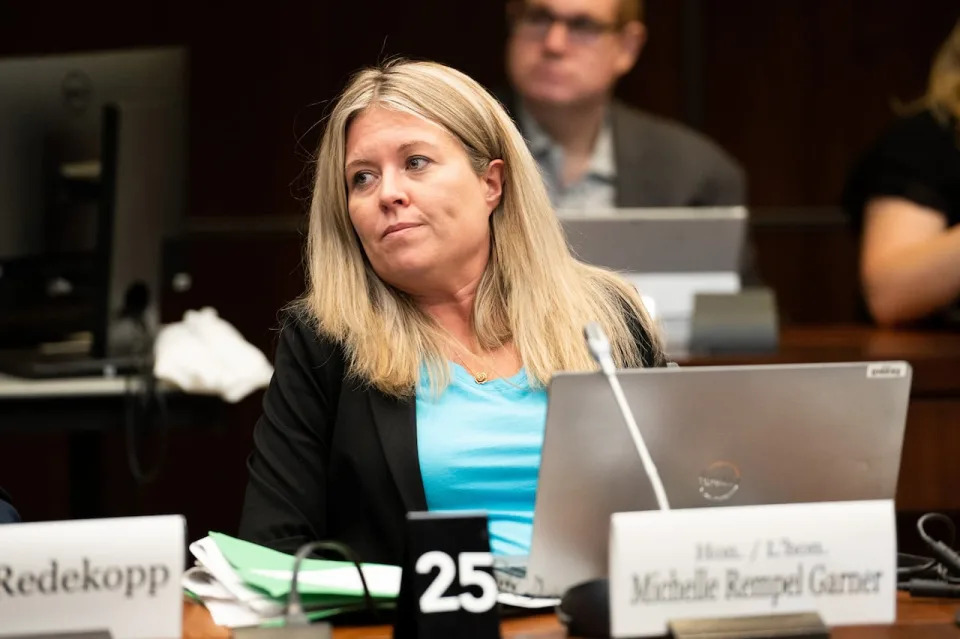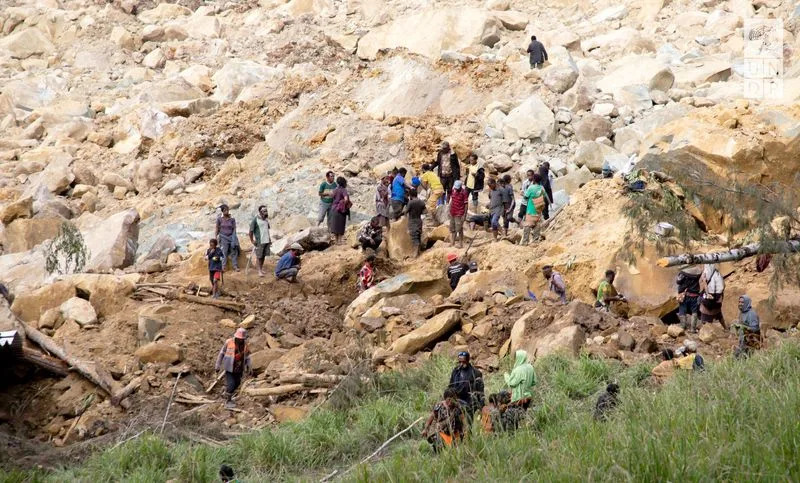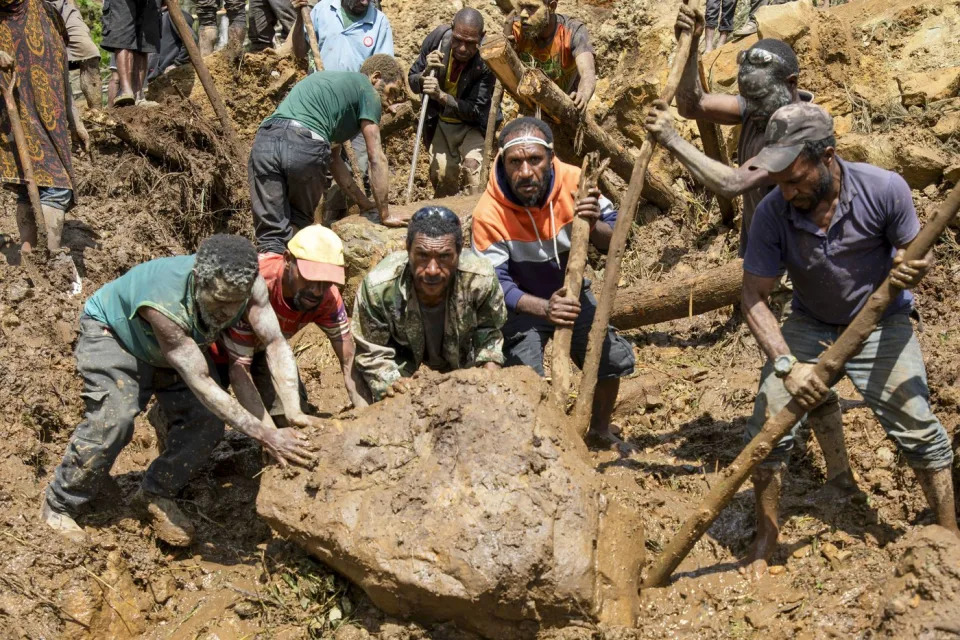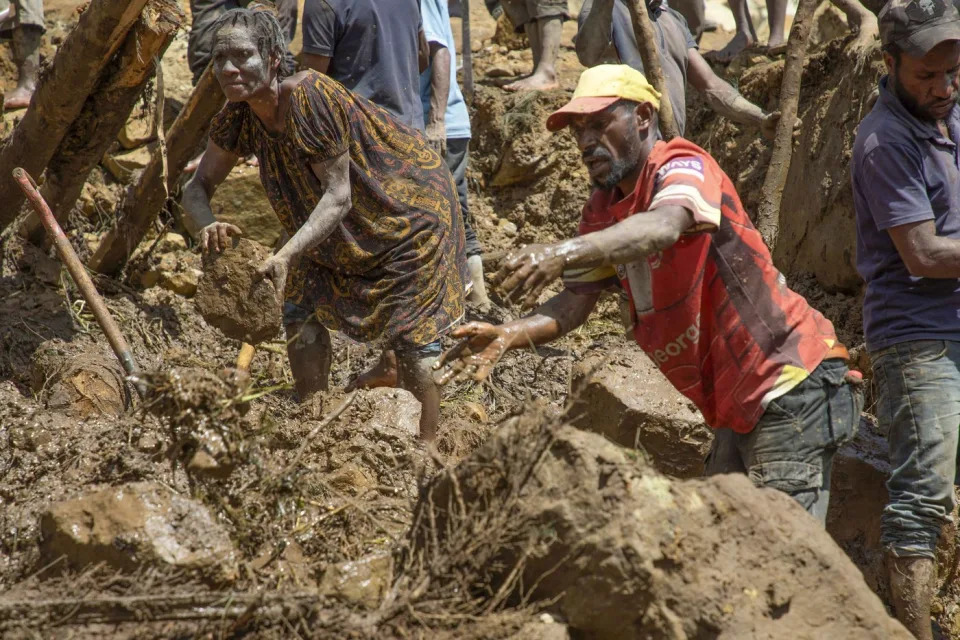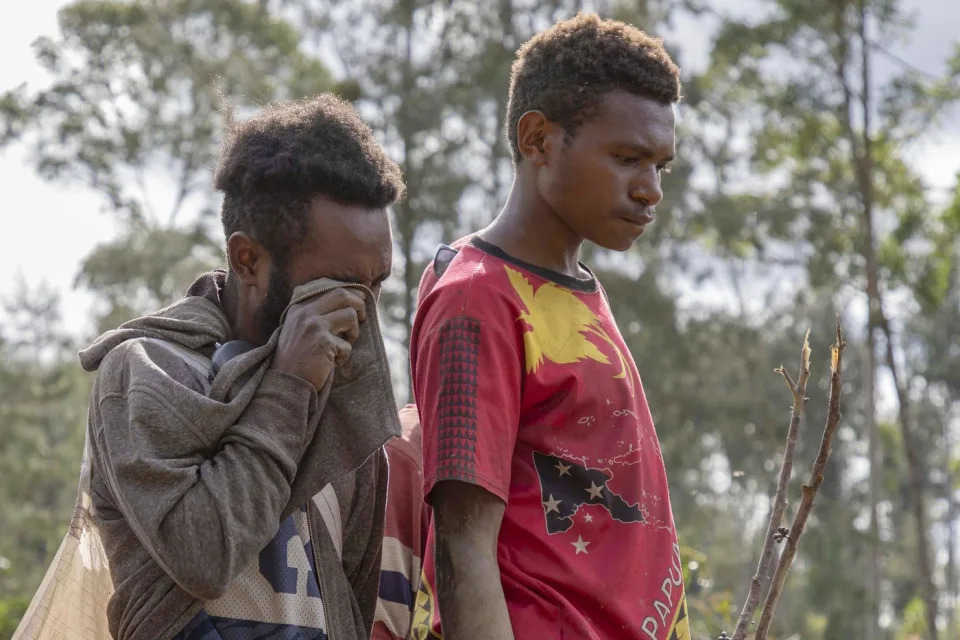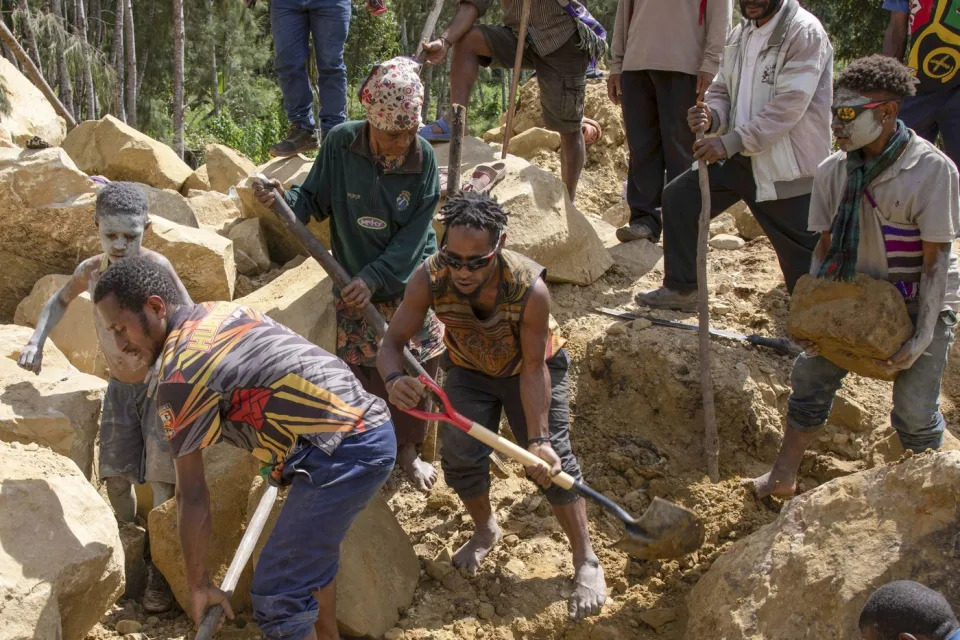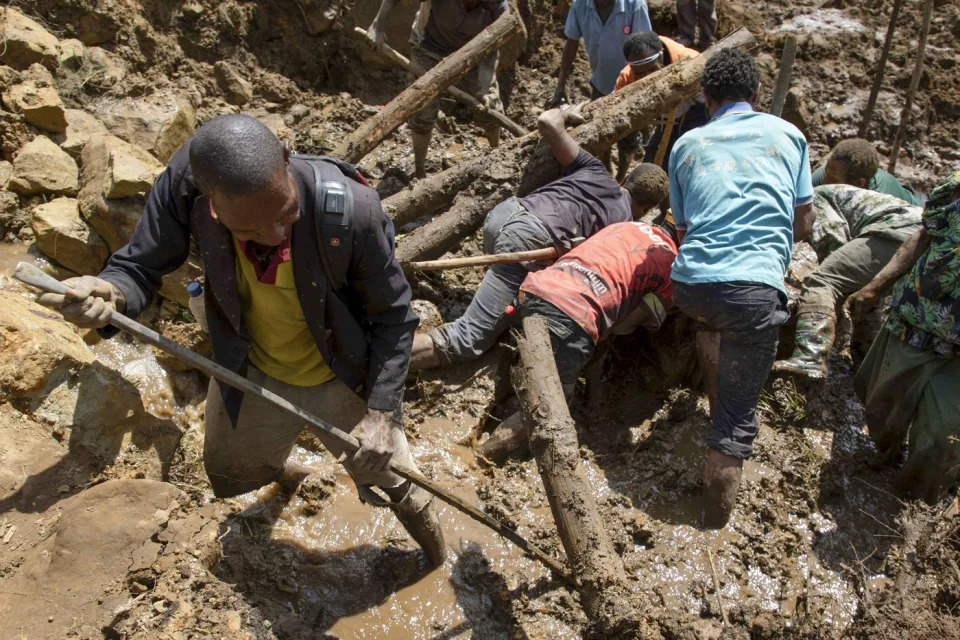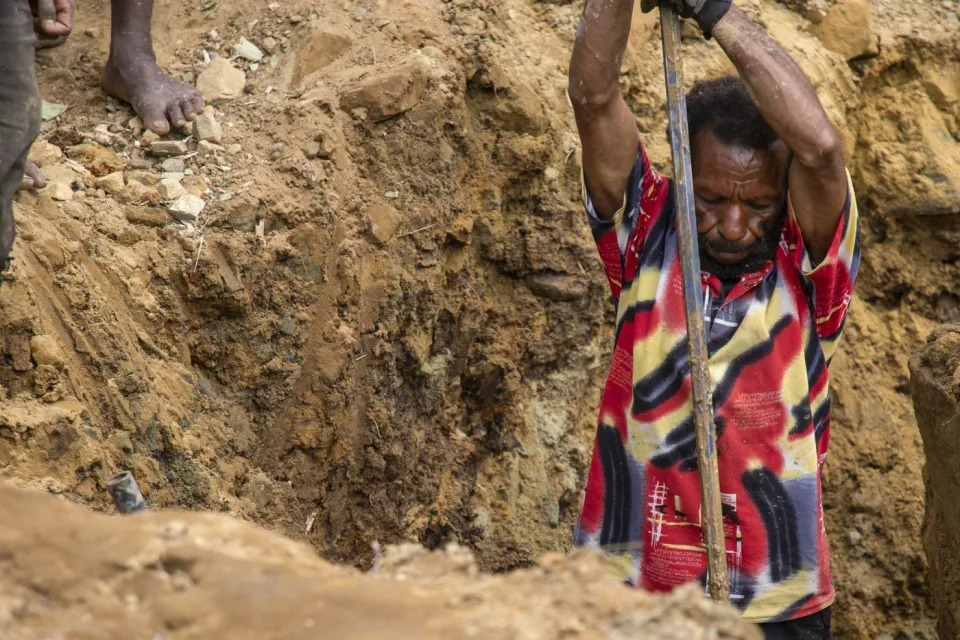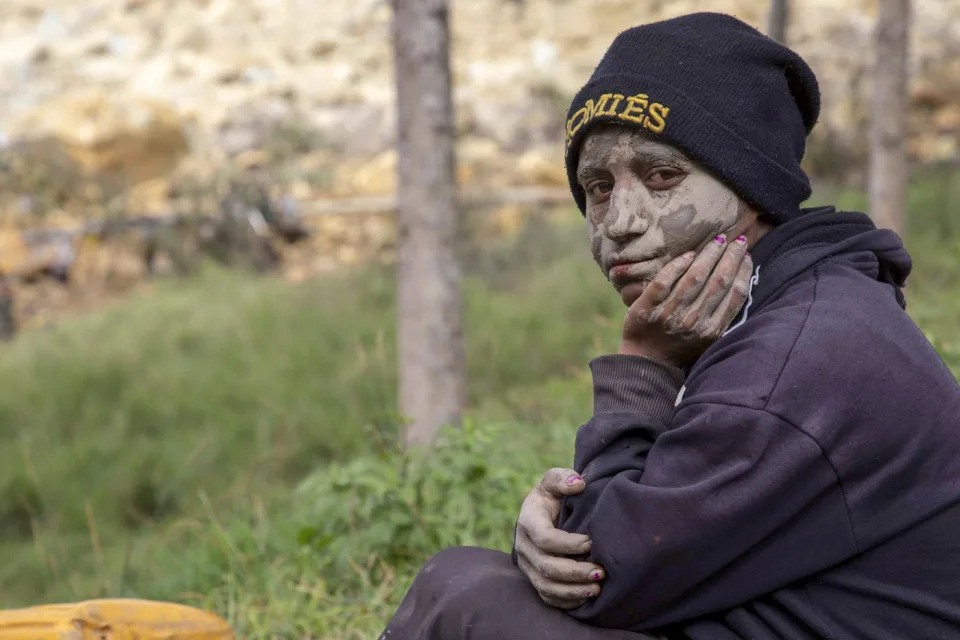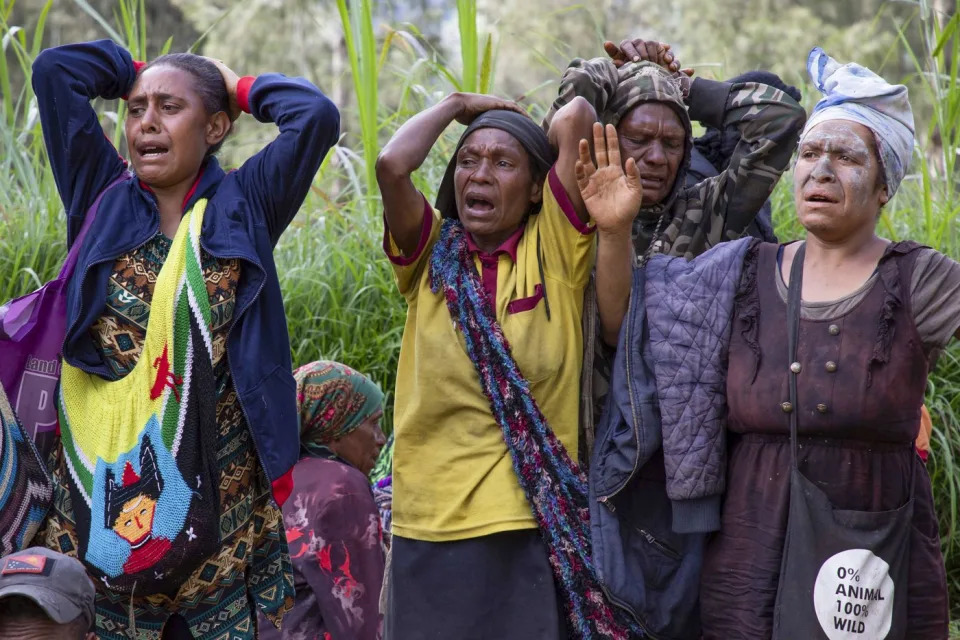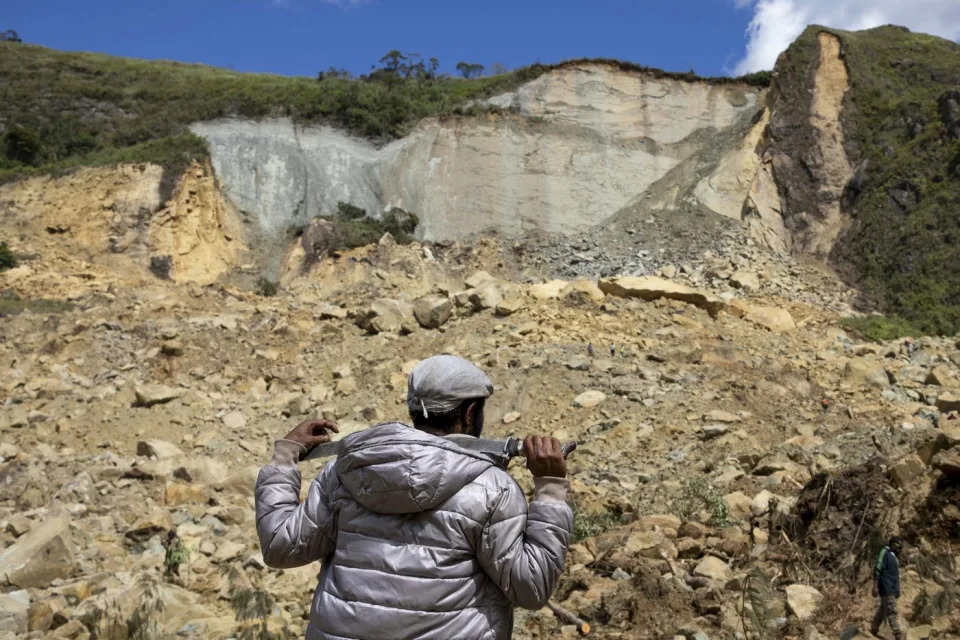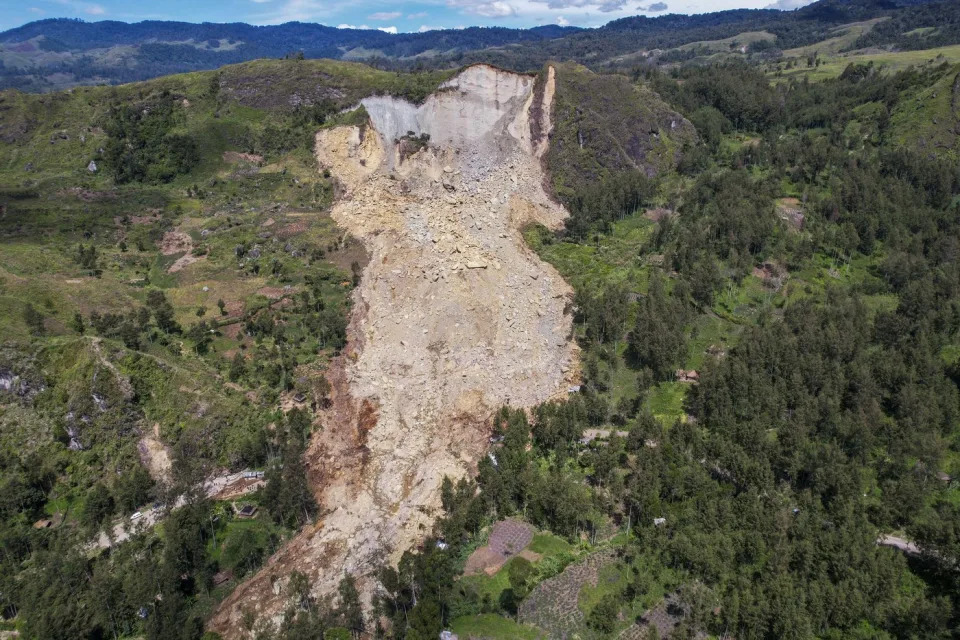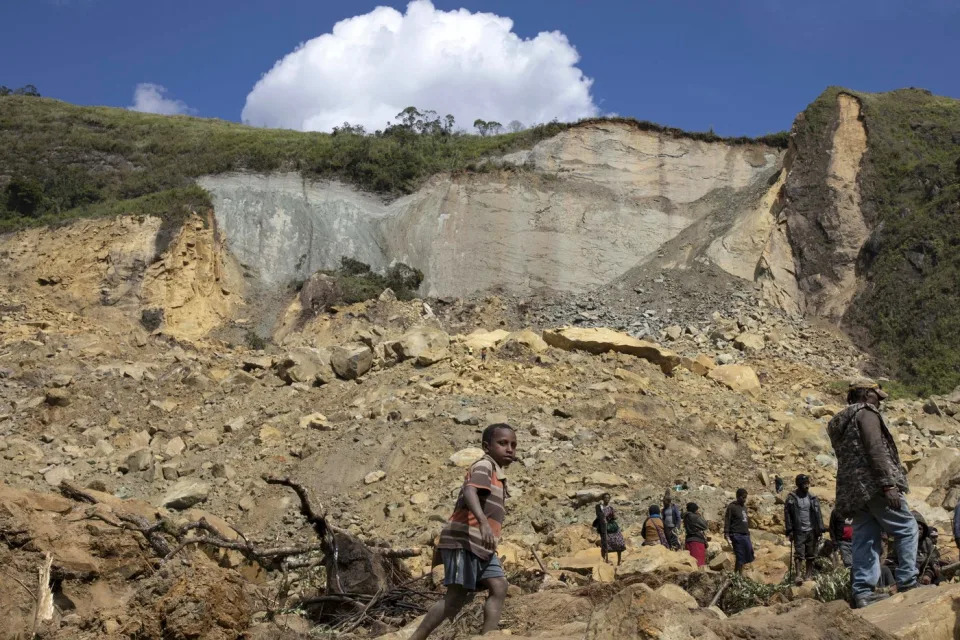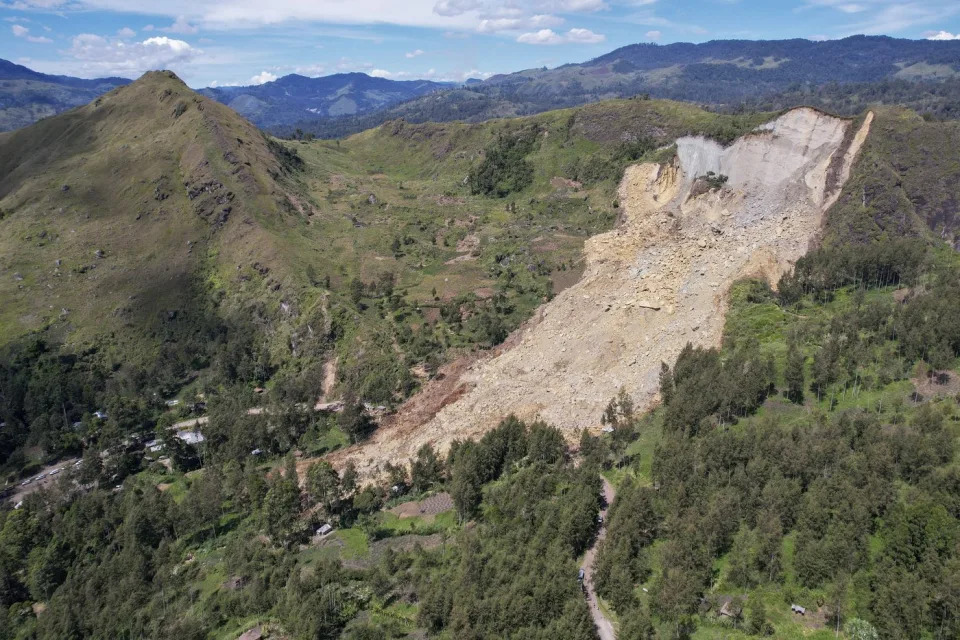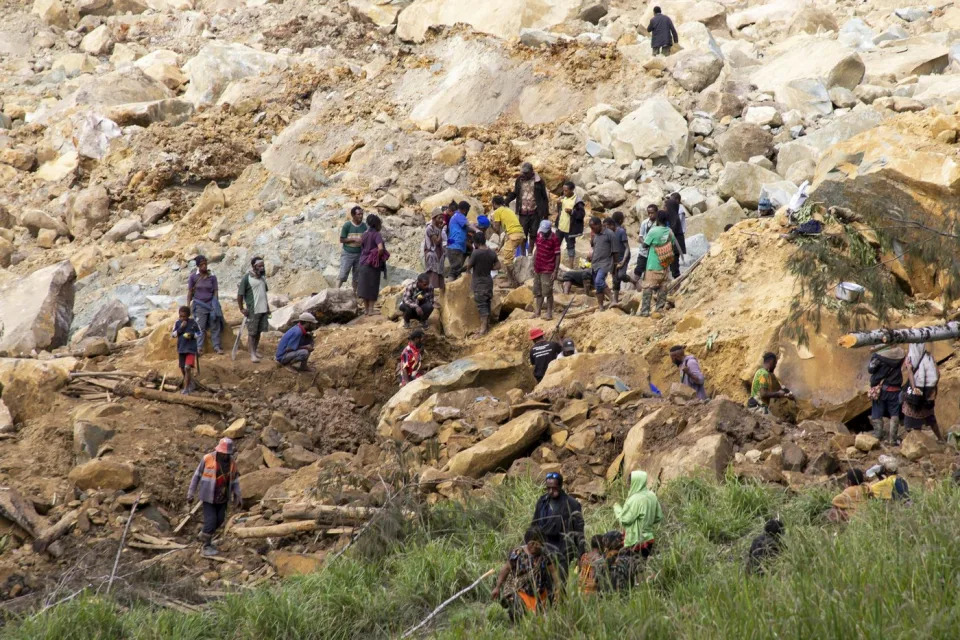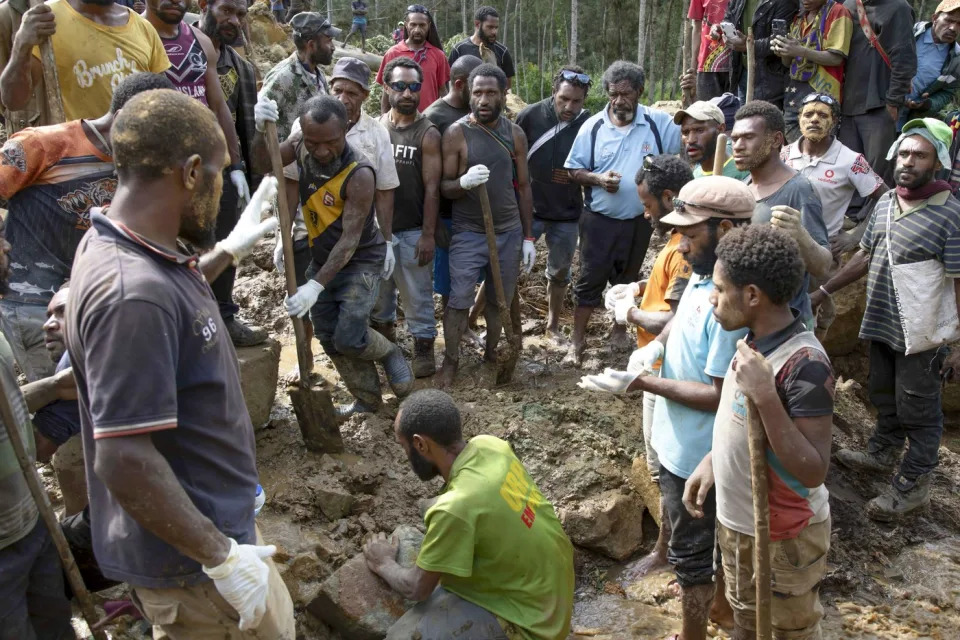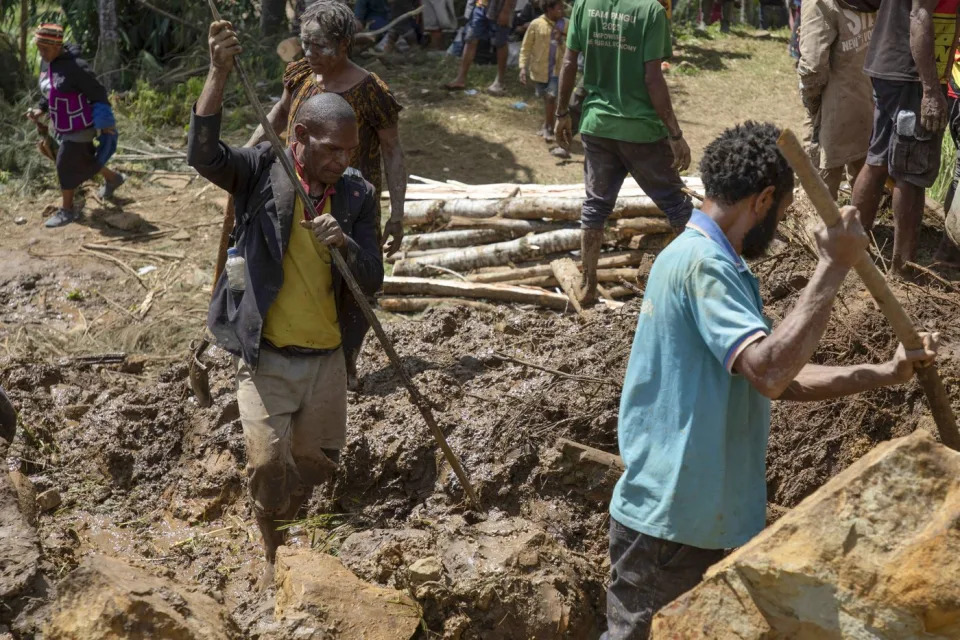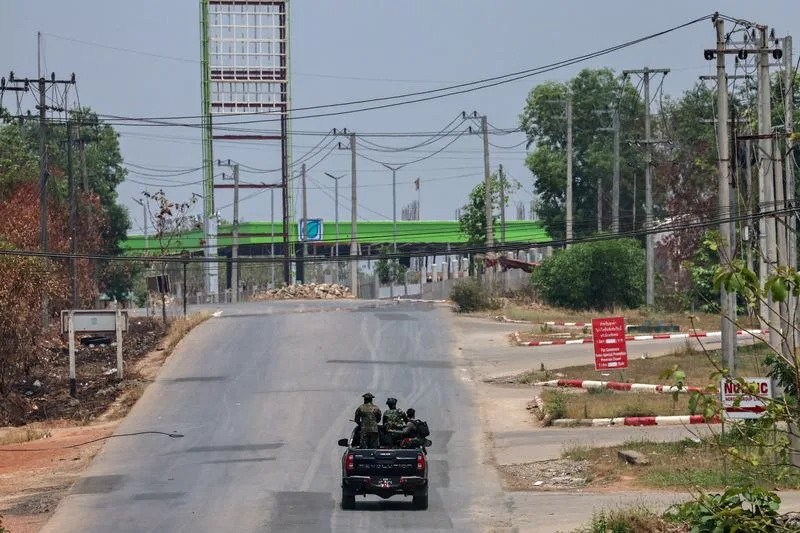GREEN CAPITALI$M
US to unveil ‘guardrails’ needed for carbon markets to succeedAFP
May 28, 2024

The world's top 25 'carbon majors' caused climate damage at a cost of 20 trillion dollars from 1985-2018, but their financial gains were about 50 percent larger during those years. - © © OLIVIER CHASSIGNOLE / AFP
Issam AHMED
President Joe Biden’s administration is set Tuesday to unveil “guardrails” it says will ensure that carbon offset markets effectively reduce greenhouse gas emissions, a significant win for advocates of the contentious schemes.
Treasury Secretary Janet Yellen will lay out the government’s first broad guidelines for “high-integrity” carbon markets, aimed at boosting confidence in a system that critics have panned as greenwashing.
To transition to a low-carbon economy, “We need to use all the tools at our disposal — creatively, thoughtfully, and at scale,” she will declare in an event with other senior officials, including White House senior climate adviser John Podesta.
“I believe that harnessing the power of markets and private capital is critical. This includes efforts to grow high-integrity voluntary carbon markets.”
Carbon credits enable corporations and countries to offset their greenhouse gas emissions, with each credit representing the reduction or removal of one tonne of CO2, often in developing countries through projects combating deforestation.
The carbon offsets market is currently worth around $2 billion, but has come under intense fire recently after research has shown that claims of reduced emissions under the schemes are often hugely overestimated — or simply non-existent.

Treasury Secretary Janet Yellen will join an event outlining the government’s vision for ‘high-integrity’ carbon markets, aimed at boosting confidence in a system that critics have panned as greenwashing – Copyright AFP/File KAMIL KRZACZYNSKI
Yellen will outline principles emphasizing integrity in three key areas: supply-side credits tied to genuine emissions reductions or removals; demand-side corporate accountability that prioritizes emission reduction; and market integrity through greater transparency and reduced complexity.
– US imprimatur –
The release of the guidelines signal the US government is throwing its weight behind the controversial climate financing mechanisms.
Prominent advocates of carbon markets, including former US climate envoy John Kerry, argue that government funding alone is insufficient to meet the Paris accord’s goal of limiting warming to 1.5 degrees Celsius.
Kenya’s President William Ruto has hailed Africa’s carbon sinks as an “unparalleled economic goldmine” with the potential to generate billions annually.
The UN special envoy on climate ambition and solutions, business tycoon Michael Bloomberg, welcomed the announcement.
“These will help increase investment in projects that reduce emissions and help more businesses grow while reducing their carbon footprints,” he said in a statement with UN special envoy on climate action and finance Mark Carney, and Mary Schapiro, former chair of the US securities and exchange commission.
But scientists emphasize that offsetting should not be used as a license to continue polluting, as emissions must fall by nearly half this decade to meet global warming goals.
A recent global scientific review found that market-based approaches to forest conservation, including carbon offsets and deforestation-free certification schemes, have largely failed to protect trees or alleviate poverty.
Earlier this month, the United Nations introduced rules allowing individuals harmed by carbon credit projects, mostly in the developing world, to file formal appeals.
Activities linked to carbon markets include renewable energy generation, protecting carbon-absorbing environments like forests or peatlands, and replacing coal-fired cookstoves with cleaner alternatives.
But as these schemes have proliferated, allegations of local communities being exploited or displaced have also grown.
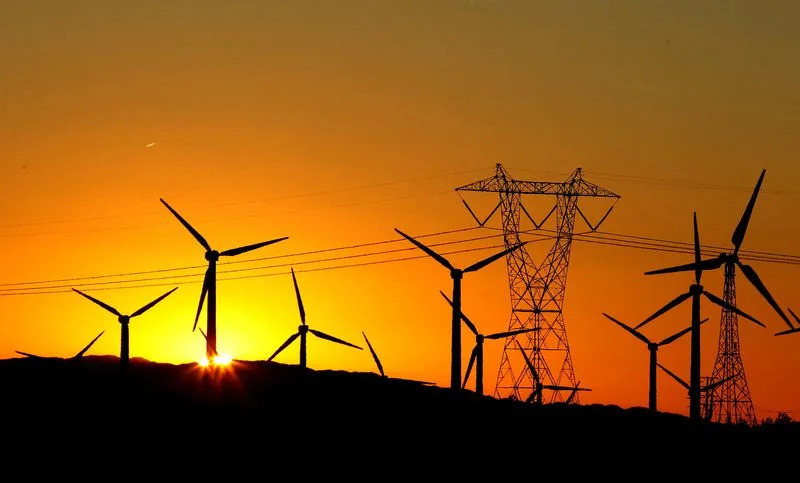
The sun rises behind windmills at a wind farm in Palm Springs, California,
REUTERS/Lucy Nicholson
Wed, May 29, 2024
By Valerie Volcovici
WASHINGTON (Reuters) - The Biden administration on Wednesday proposed expanding tax credits that have for years boosted U.S. solar and wind energy projects to cover a wider range of clean energy technologies including nuclear fission and fusion.
The Treasury Department announced its guidance for Clean Electricity Production Credits and Clean Electricity Investment Credits, created under the 2022 Inflation Reduction Act, that will be available in 2025 as the previously available wind and solar production and investment tax credits sunset.
"The Inflation Reduction Act’s new technology-neutral Clean Electricity credits, which will come into effect in 2025, are one of the law’s most significant contributions to tackling the climate crisis,” John Podesta, Senior Advisor to the President for International Climate Policy, said in a statement.
He said they will help the U.S. meet its goal to achieve a net-zero emission power sector by 2035.
The proposal identifies a half-dozen technologies that may be eligible to qualify for the lucrative tax credits, including marine and hydrokinetic energy, nuclear fission and fusion, hydropower, geothermal and some forms of waste energy recovery. The credits were as high as 30% for wind and solar projects if all conditions were met.
Treasury Secretary Janet Yellen told reporters that the IRA has already driven over $850 billion in clean energy and manufacturing investment from the private sector and led to record additions of renewable energy capacity.
The new program is "the next key step," she said.
"These credits ... make an unprecedented long-term commitment to the clean energy sector to ensure the U.S. is a major market for new clean power generation over the next decade and beyond," she said.
Research firm the Rhodium Group estimated that credits could result in a reduction of 300-400 million tonnes of GHG emissions compared to no tax credits in 2035, a cut of 29%-46%.
Some environmental groups flagged concerns that the tax credits for zero greenhouse gas emissions technology could end up supporting controversial energy sources, such as burning waste or methane biogas captured from landfills.
"The Biden Administration must prevent dirty energy from co-opting billions in taxpayer dollars," said Sarah Lutz, a campaigner for Friends of the Earth.
(Reporting by Valerie Volcovici; Editing by Stephen Coates)
From electric vehicles to deciding what to cook for dinner, John Podesta faces climate challenges
Wed, May 29, 2024
By Valerie Volcovici
WASHINGTON (Reuters) - The Biden administration on Wednesday proposed expanding tax credits that have for years boosted U.S. solar and wind energy projects to cover a wider range of clean energy technologies including nuclear fission and fusion.
The Treasury Department announced its guidance for Clean Electricity Production Credits and Clean Electricity Investment Credits, created under the 2022 Inflation Reduction Act, that will be available in 2025 as the previously available wind and solar production and investment tax credits sunset.
"The Inflation Reduction Act’s new technology-neutral Clean Electricity credits, which will come into effect in 2025, are one of the law’s most significant contributions to tackling the climate crisis,” John Podesta, Senior Advisor to the President for International Climate Policy, said in a statement.
He said they will help the U.S. meet its goal to achieve a net-zero emission power sector by 2035.
The proposal identifies a half-dozen technologies that may be eligible to qualify for the lucrative tax credits, including marine and hydrokinetic energy, nuclear fission and fusion, hydropower, geothermal and some forms of waste energy recovery. The credits were as high as 30% for wind and solar projects if all conditions were met.
Treasury Secretary Janet Yellen told reporters that the IRA has already driven over $850 billion in clean energy and manufacturing investment from the private sector and led to record additions of renewable energy capacity.
The new program is "the next key step," she said.
"These credits ... make an unprecedented long-term commitment to the clean energy sector to ensure the U.S. is a major market for new clean power generation over the next decade and beyond," she said.
Research firm the Rhodium Group estimated that credits could result in a reduction of 300-400 million tonnes of GHG emissions compared to no tax credits in 2035, a cut of 29%-46%.
Some environmental groups flagged concerns that the tax credits for zero greenhouse gas emissions technology could end up supporting controversial energy sources, such as burning waste or methane biogas captured from landfills.
"The Biden Administration must prevent dirty energy from co-opting billions in taxpayer dollars," said Sarah Lutz, a campaigner for Friends of the Earth.
(Reporting by Valerie Volcovici; Editing by Stephen Coates)
From electric vehicles to deciding what to cook for dinner, John Podesta faces climate challenges
The Canadian Press
Wed, May 29, 2024
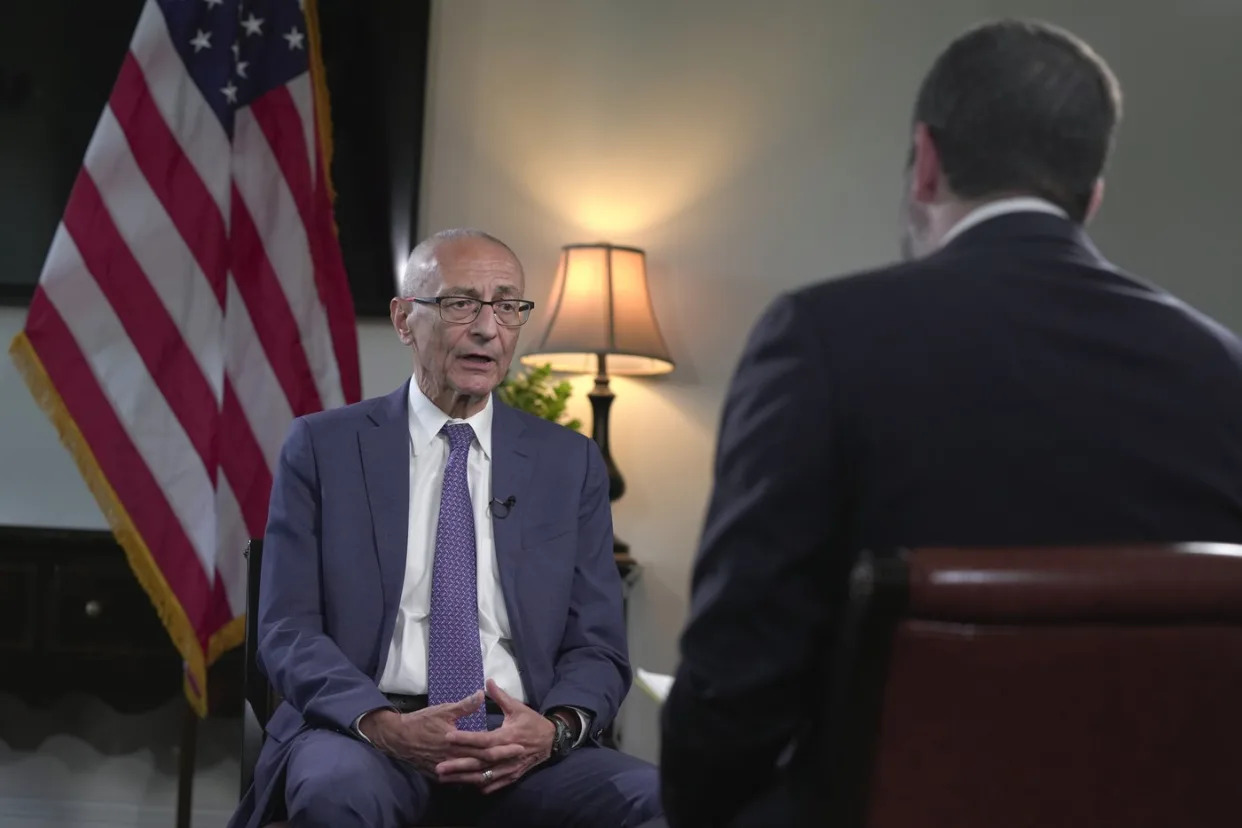
WASHINGTON (AP) — John Podesta was two months into his new role as President Joe Biden’s global climate envoy when he faced his first international crisis — what to serve for dinner.
He had invited his Chinese counterpart, Liu Zhenmin, over to his house but learned that his guest — perhaps not surprisingly — only likes Chinese food. Although Podesta is well known for his culinary skills, he usually sticks to cooking Italian.
“I thought, OK, well, this is a diplomatic challenge,” Podesta told The Associated Press in an interview.
So Podesta whipped up risotto with leeks and fennel, infusing a classic Italian dish with vegetables that can be found in Chinese recipes. It was a culinary compromise to smooth out an essential relationship between the world’s two superpowers.
Few other problems will be solved as simply as switching around some ingredients. Although Podesta has worked on climate issues for years, the complications and obstacles have only multiplied as scientists warn that global warming is reaching critical levels.
In the interview, Podesta said he saw opportunities to work with China to limit greenhouse gas emissions that are even more potent than carbon dioxide. However, trade disagreements between the U.S. and China have led to what he described as “a period of some friction and competition," and Podesta said he would push China to contribute more money to the global fight against climate change.
International negotiations aren't Podesta’s only responsibility. He's also keeping his previous job of implementing Biden’s domestic clean energy initiatives. Podesta conceded that progress has been slower than expected on electric vehicles, but he believes there’s still momentum despite efforts by the political right to “demonize” zero-emission vehicles.
Looming over all of Podesta's efforts is this year's election and the threat that Donald Trump could be even more zealous in trying to undo climate progress if he returns to in the White House. Podesta warned of a “carte blanche to the polluters."
“Those things matter," he said. "Voters can make a judgment about whether they matter to them. They certainly matter to the planet.”
It's high stakes for a 75-year-old veteran of Democratic politics who was recently considering retirement.
“I had one foot in the car on my way to California with my wife,” he joked.
Taking on two — very big — roles
Podesta's plan to step away from public life changed when Biden signed the Inflation Reduction Act two years ago, pumping $375 billion into the fight against climate change. Podesta had helped lay the political groundwork for the law by working with advocacy groups, and Biden asked him to oversee the implementation of financial incentives for clean technologies.
“There’s no one else in the United States that knows as many people in government and knows how to get as much done in government," said Christy Goldfuss, who previously worked at the Center for American Progress, a Democratic-aligned think tank that Podesta founded two decades ago.
Podesta's role expanded into international politics when John Kerry, Biden's first global climate envoy and a former U.S. secretary of state, retired earlier this year. Kerry was known for his close relationship with his Chinese counterpart, Xie Zhenhua, who stepped down as well and was replaced by Liu.
Although neither Podesta nor Liu are new to climate diplomacy, "there’s more uncertainty in the bilateral climate relationship than there has been for the last three years,” said Li Shuo, an analyst at the Asia Society who previously worked with Greenpeace in Beijing.
Earlier this month, Podesta hosted Liu in Washington for their first official meeting since taking on their new roles.
“Personal relationships only go so far, but they are important in terms of building the level of trust that each side is telling the other what is possible,” Podesta said. "And I think we ended up having a good outcome of the meeting.”
Podesta described the conversations as a give and take: “He was pushing me, I was pushing him.” The U.S. and China have opportunities to improve their reductions in emissions of methane and hydrofluorocarbons, he said, and “the world is looking to us to find ways where we can work together.”
From billions to trillions of dollars for climate
However, a sticking point will be an area known as climate finance.
Under the Paris agreement reached in 2015, wealthy countries are supposed to collectively provide $100 billion in annual assistance for developing nations to adopt clean technologies and cope with the impact of climate change. They reached the goal in 2022, two years behind schedule, according to a report released Wednesday by the Organization for Economic Cooperation and Development.
Negotiators are supposed to set a new, more ambitious target during the November summit in Azerbaijan.
“We have a challenge where it’s not just billions or even hundreds of billions of dollars of need that’s out there," Podesta said. "We need to mobilize trillions of dollars to transform the global economy from one that’s running on polluting fossil fuels to one that’s running on clean energy.”
China has resisted any requirements to put its own money into the pot, but Podesta emphasized that it’s the world’s top emitter of greenhouse gases “and it does have an obligation to the rest of the world to contribute.”
The United States is under pressure to increase its own financial commitments, something that has been challenging with Republicans in control of the House.
Joe Thwaites, an expert on the issue at the Natural Resources Defense Council, said Biden administration officials have made progress by scraping together funding from around the federal government and searching “behind the proverbial couch cushions.”
Climate talks clouded by trade disputes
Trade concerns with China have become more prominent. Although China has boasted that its production capacity could help the world transition to a clean energy future, U.S. officials are worried about American workers being displaced if cheap Chinese electric vehicles and other green products flood U.S. markets.
“There’s no question that we’re now in a fierce competition, particularly in these clean technologies," Podesta said. He suggested that China is supercharging some of its industries and ramping up exports to compensate for its pandemic slump and the collapse of its housing sector, an approach that he described as “anti-competitive.”
Biden recently announced higher tariffs on Chinese electric vehicles, batteries and other technologies. He's also pushing U.S. automakers to increase production of zero-emission vehicles through regulations and financial incentives.
“We’re seeing continued momentum," Podesta said. "It’s maybe not as quite as fast as people anticipated. But it’s very strong, very forward moving. And I think that companies are fully committed to that transition to electrification.”
Trump has criticized the focus on electric vehicles, and partisanship has colored drivers' views of the issue, creating a political and cultural hurdle to lowering emissions from transportation.
“I think that the right has kind of demonized electric vehicles," Podesta said.
Dave Cooke, senior vehicles analyst at the Union of Concerned Scientists, said that while the rules have been eased for the next few years, automakers need to increase their efforts now to ensure they hit stricter goals down the line.
“We’ve given them such a cushy first few years,” he said. “If they don’t use that time to figure out their long-term strategy, that would be extremely problematic.”
Reports by independent analysts show that the U.S. is not on track to hit the emissions reduction target that Biden set for 2030, but Podesta said he was not concerned.
“I’m confident that we can do that," he said. "We’ve done an enormous amount already.”
He added that clean energy policies tend to be more partisan in Washington than elsewhere in the country.
"The facts on the ground are changing," Podesta said. “As people go to work in these industries, as they take advantage of the investments that are coming to their communities and see the results of lowering pollution across the board, I think they’re very hard to reverse.”
Chris Megerian, The Associated Press




